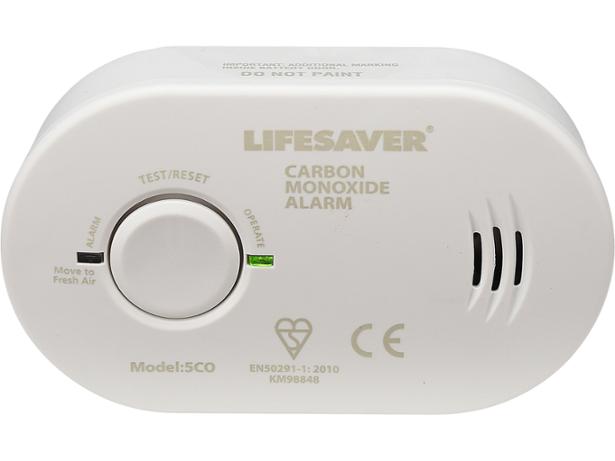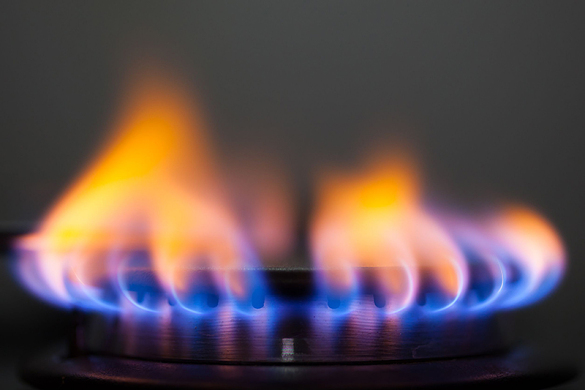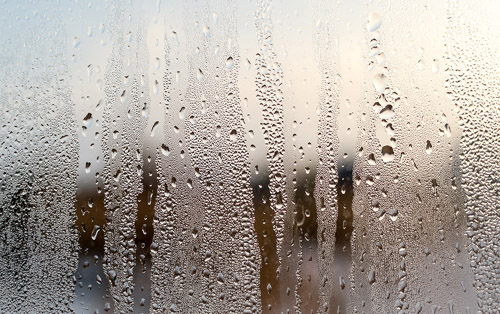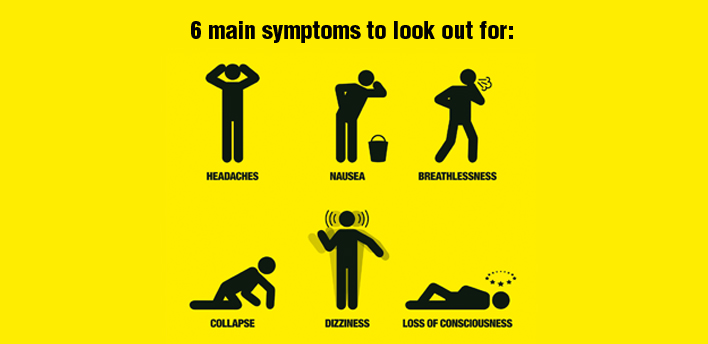What makes identifying a leak on a toilet difficult?
The trouble with toilets is that they have lots of curves and a nice smooth finish. Any small leak can trickle down from above, follow the contours of the pan, and leave a puddle which is no where near the actual leak itself.
Ask yourself some simple questions to help you figure out where the leak is from?
1. Does your toilet leak even when it's not being used?
If your toilet leaks water even when it has just been sitting there without being used (flushed that is) the most likely source of the leak is from the fill valve/ball valve. Either:
- from the union between the valve and the cistern. If there is a dribble from where the valve enters the cistern then it usually just needs the backnut tightening up. You will need to take the cistern lid off and hold the valve while you tighten the nut to ensure the valve doesn't turn as you tighten it. Take care not to overtighten as these backnuts are plastic and can split.
 |
| valve backnut |
- from the union between the valve and the incoming water supply. Again it may just need the nut tightening up. More often than not though it will need a new washer (fibre or rubber depending on union type). Just be careful you don't cross-thread when you tighten it back up (believe me this is very easy to do, and any plumber that denies ever cross threading a toilet valve is probably telling porkies!)
 | ||
pan connector

and finally...…
what I have mentioned here are the most common toilet leaks I have come across over the years. There are always other possibilities of course. Like the toilet pan I once went to that had a hairline crack in it (believe me that took me a while to figure out!). Don't even get me started on back to wall and concealed cisterns! I must admit when it comes to toilets, keeping it simple is always best in my eyes.
Remember to also check out my other 'toilet' themed blogs:
If you live in Derby (or near by) and have a leaking toilet and don't fancy the challenge of fixing it yourself then get in touch. Contact me by phone or email.
Also check out my prices and special 'toilet overhaul offer' on my website.
|








